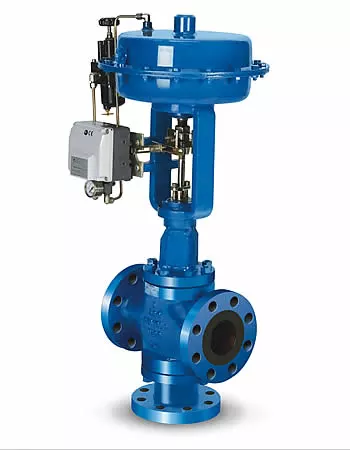According to different drive mode, actuator can be divided into there types: pneumatic actuator, hydraulic actuator and electric actuator. These three kinds of
valve actuators have their own different characteristics. And the following is the simple comparison.
1.Pneumatic Actuator
With integral structure, pneumatic actuator is composed by adjusting and actuator mechanism. After receiving continuous signals, pneumatic actuator can directly output the linear displacement. If equipped with rocker, it can output angular displacement. Pneumatic actuator can easily achieve forward and reverse, outputting big thrust and it has the advantage of explosion-proof performance, particularly suitable for electric power, chemical, petroleum and other industries.
2.Electric Actuator
With high stability, electric actuator can provide a constant thrust. And the thrust of electric actuator is higher than pneumatic actuator but lower than hydraulic actuator. Compared with hydraulic actuator on initial investment, the construction cost of electric actuator is relatively low and it has higher cost performance, easier to set up and use.
With good anti deviation capability, electric actuator has higher control accuracy than pneumatic actuator, and its thrust and torque can be maintained substantially constant. When working with servo amplifier, electric actuator can achieve the exchange of positive and negative effects and control valve position state after signal off.
3. Hydraulic Actuator
Hydraulic actuator can not only provide the maximum thrust, but also it has a precise control on the trust. It can accurately reflect the level of thrust by a hydraulic table. In a word, it has steady drive, sensitive response and easy to control.
The safety performance of hydraulic actuator is between pneumatic actuator and electric actuator, and it is not prone to ignition. The biggest drawback of hydraulic actuator is the too high initial investment requirements, only suitable for installation in a large workplace.
